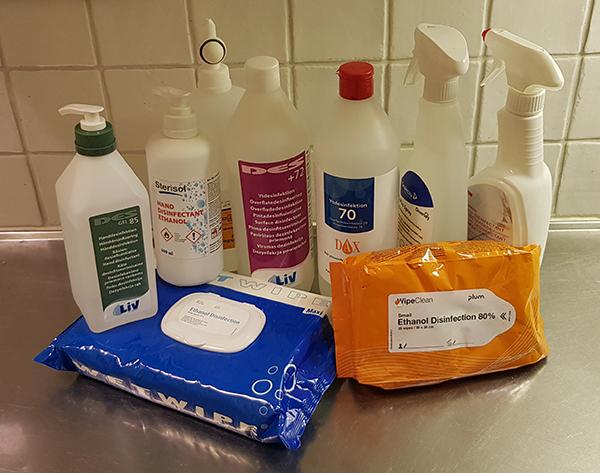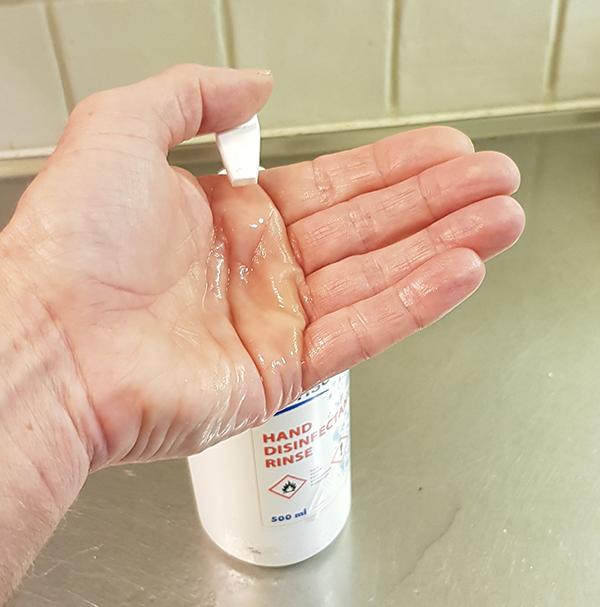Location: Region Västra Götaland Sweden.
Work area: Policy, Process.
Summary: In Sweden, harmonising sustainability criteria amongst different public authorities is important to reduce administrative burden and give a clear signal to the market through specialised collaborative networks that share expertise and tools.
This case study was first published in the report Strategic procurement in European healthcare, produced by Health Care Without Harm Europe.
Initial situation
The National Agency for Public Procurement provides tools to optimise procurement processes and achieve the sustainable development goals, in particular SDG12 on Sustainable Consumption and Production. The agency has three decades of experience in developing green public procurement criteria for products used in the healthcare sector e.g. pharmaceutical products, medical devices, gloves. Their publicly available database has more than 600 criteria (environmental, social, labour, etc.) ready to be used by procurers1. However, the development of such product specifications (e.g. criteria to phase out phthalates from ICT equipment and allow minimum concentration of hazardous chemicals) requires the support of different experts and a multi-stakeholder approach. Not all Swedish procuring authorities have the required expertise in-house.
Proposed alternatives
Procuring authorities from the smaller Swedish regions do not have the capacity and resources to build expert multidisciplinary procurement that can consider all aspects of strategic procurement. They can, however, begin their procurement process using the baseline tool provided by the National Agency. To integrate the basic list of criteria, they interact with other experts across the country to make the requirement and criteria more ambitious and harmonised, which led to the creation of the National Substitution Group (NSG). The group shares best practices on the technical aspects of chemical procurement criteria and helps members with contract evaluation and contract implementation.
The NSG maintains a publicly available substitution list for hazardous chemicals online, where experts can suggest substitution for specific products or compounds2.
Progress and benefits
Sweden is at the forefront of sustainable procurement practices; the country is standardising its public procurement processes and criteria through multi-stakeholder collaboration at both national and regional levels.
While the environmental criteria still need to be harmonised at national level, all suppliers must comply with the national code of conduct.
Within the National Substitution Group, members can comment on suggestions and discuss further with whomever made the suggestion. As the substitution group includes universities and researchers, the list is available also in English3. The NSG also has a web-platform for other related topics like the adaptation and implementation of new chemical laws or experience with chemical registration. These harmonised and collaborative approaches ease the introduction of sustainability criteria in the tenders/request for proposals.
The pioneering work in Sweden is contributing to the development of procurement criteria for the Health Care Without Harm/UNDP Sustainable Health in Procurement Project (SHiPP) and Swedish experts provide technical expertise in support of hospitals in the Global Green and Healthy Hospitals network.
Implementation process
To minimise the negative impact of healthcare procurement, the National Agency stresses the importance of traceability throughout products’ supply chains and apply a lifecycle approach that considers both the carbon footprint and the presence of hazardous substances. The National Agency provides many toolkits, including a lifecycle-costing tool to make sure that procurement cost calculation is consistent across the country.
The inclusion of social and environmental criteria is facilitated by the European Public Procurement Directives, but the Agency admits that the biggest challenge for procurers and contract managers is monitoring the implementation of contracts and verifying suppliers’ compliance with the criteria throughout the whole process.
Next steps
Currently, all Swedish regional contracting authorities include environmental requirements in their tenders; whilst criteria have similar objectives across the country, they are often written differently and this increases the administrative burden for both procurers and suppliers and does not give a clear signal to the market. The next challenge is to push for harmonisation of environmental criteria at both regional and national levels, looking further ahead, they are also in favour of harmonising these criteria at a European level to increase the demand for sustainable products and reduce cost.
Similarly, the National Substitution Group has the ambition to expand its expertise by becoming a pan-European or even global working group.
Information about the organization
Sweden is organised into 21 Regions that are responsible for the provision of healthcare, dental care, and public transport; the councils and regions employ 250,000 people and procure goods and services to the amount of €13 billion per year.
1. The National Agency for Public Procurement. www.upphandlingsmyndigheten.se/en [Last accessed 20/11/2019]
2. Region Västra Götaland. Nationella Substitutionsgruppen [SE] www.vgregion.se/nsg [Last accessed 20/11/2019]
3. Region Västra Götaland. Nationella Substitutionsgruppen [SE] www.vgregion.se/nsg [Last accessed 20/11/2019]

